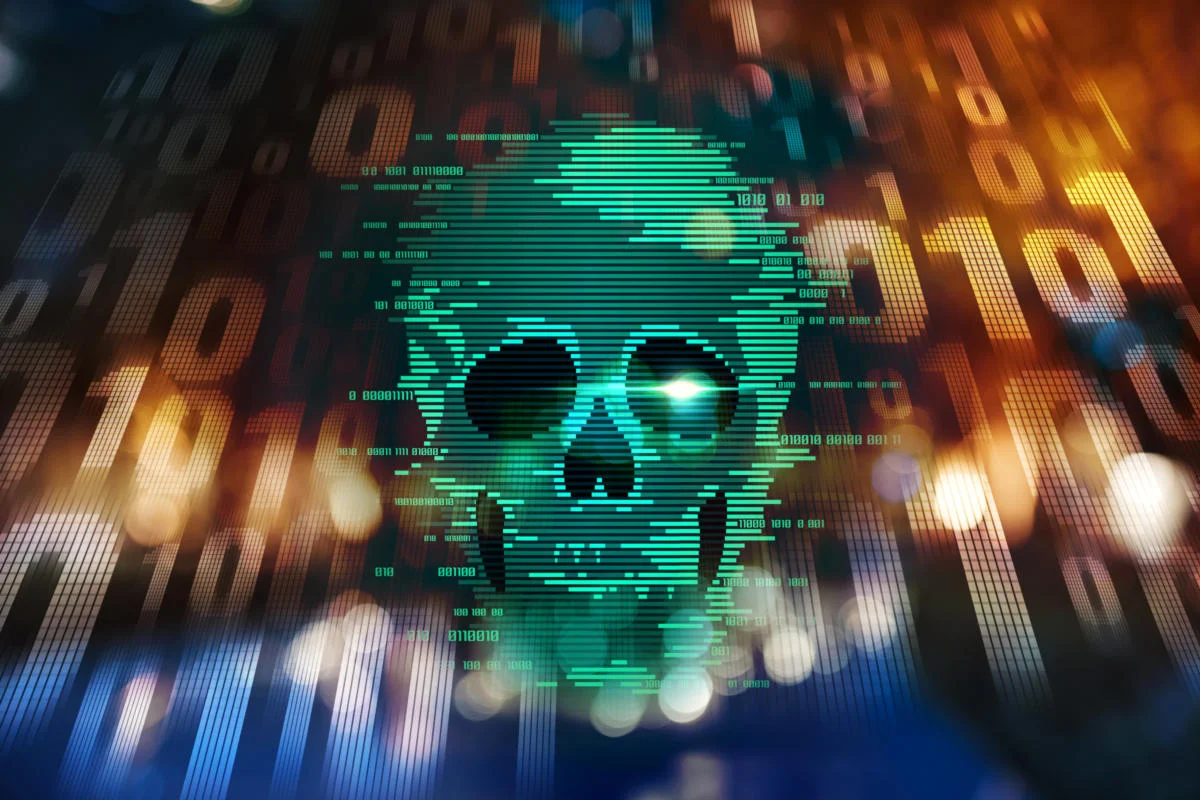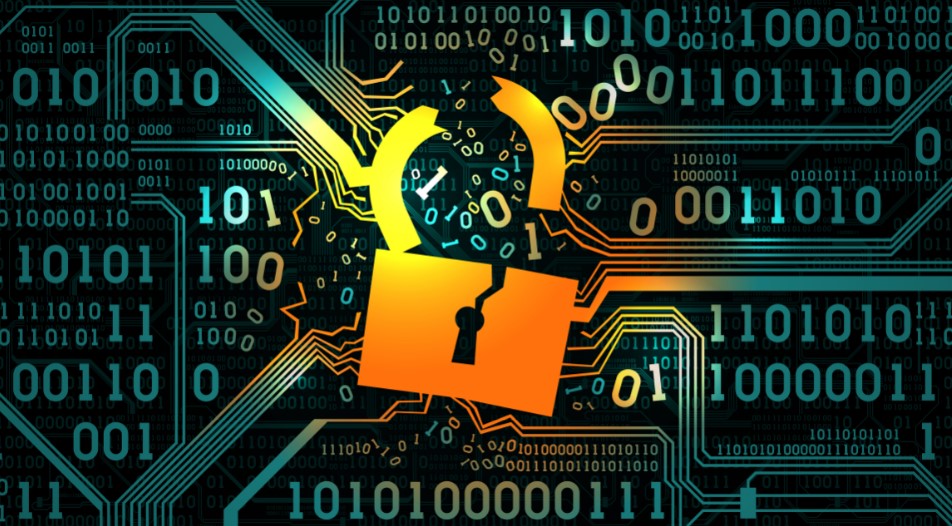Navigating the Evolving Face of Cyber Threats
September 3, 2024

Today, the seascape of cyber threats is constantly evolving, presenting formidable challenges to individuals, businesses, and governments alike. Understanding the nature of these threats and adopting proactive cybersecurity measures are critical steps towards safeguarding sensitive data and maintaining operational resilience. This blog explores the current face of cyber threats, their implications, and strategies to mitigate their impact effectively.
The Spectrum of Cyber Threats
Cyber threats encompass a wide range of malicious activities orchestrated by cybercriminals and state-sponsored actors:
- Malware and Ransomware: Malicious software designed to disrupt operations, steal sensitive data, or extort money through encryption of files (ransomware attacks).
- Phishing and Social Engineering: Deceptive techniques aimed at tricking individuals into divulging sensitive information or downloading malicious attachments.
- Advanced Persistent Threats (APTs): Sophisticated, long-term cyber-attacks targeting specific entities to steal sensitive data or disrupt operations covertly.
- Distributed Denial of Service (DDoS): Overwhelming a network or website with traffic to render it unavailable to users, often for extortion or sabotage.
- Insider Threats: Malicious or negligent actions by insiders (employees, contractors) compromising data security intentionally or unintentionally.

Emerging Trends in Cyber Threats
As technology evolves, so do cyber threats. Some notable trends include:
- IoT Vulnerabilities: Increasing interconnectedness of Internet of Things (IoT) devices introduces new attack vectors, such as botnets targeting IoT ecosystems.
- Cloud Security Concerns: Misconfigurations and inadequate access controls in cloud environments leading to data breaches and unauthorized access.
- AI-Powered Attacks: Malicious use of artificial intelligence and machine learning to automate attacks, evade detection, and exploit vulnerabilities.
- Supply Chain Attacks: Targeting third-party vendors or suppliers to infiltrate and compromise larger organizations through trusted relationships.
Implications of Cyber Threats
The consequences of cyber threats can be severe and far-reaching:
- Financial Loss: Costs associated with data breaches, ransom payments, and downtime can cripple businesses of all sizes.
- Reputation Damage: Loss of customer trust and brand reputation due to data breaches or operational disruptions.
- Legal and Regulatory Ramifications: Non-compliance with data protection laws (e.g., GDPR, CCPA) can lead to hefty fines and legal penalties.

Mitigating Cyber Risks: Best Practices
To mitigate cyber risks effectively, organizations should adopt a proactive approach:
- Risk Assessment and Management: Conduct regular cybersecurity assessments to identify vulnerabilities and prioritize mitigation efforts.
- Security Awareness Training: Educate employees about common cyber threats, phishing tactics, and best practices for safeguarding data.
- Implement Multi-Layered Defense: Utilize a combination of firewalls, intrusion detection systems, endpoint protection, and encryption to protect data and systems.
- Incident Response Planning: Develop and test incident response plans to quickly detect, respond to, and recover from cyber incidents.
- Continuous Monitoring and Updates: Regularly update software, apply security patches promptly, and monitor networks for suspicious activities.
The face of cyber threats is dynamic and ever evolving, requiring vigilance, preparedness, and a multi-faceted approach to cybersecurity. By understanding the nature of these threats, staying informed about emerging trends, and implementing robust security measures, organizations can effectively mitigate risks, protect sensitive data, and uphold their reputation in an increasingly digital world. Embracing a culture of cybersecurity awareness and resilience is key to navigating the complexities of cyber threats and ensuring a secure future for businesses and individuals alike.
Have Any Question?
Call or email Cocha. We can help with your cybersecurity needs!
- (281) 607-0616
- info@cochatechnology.com




